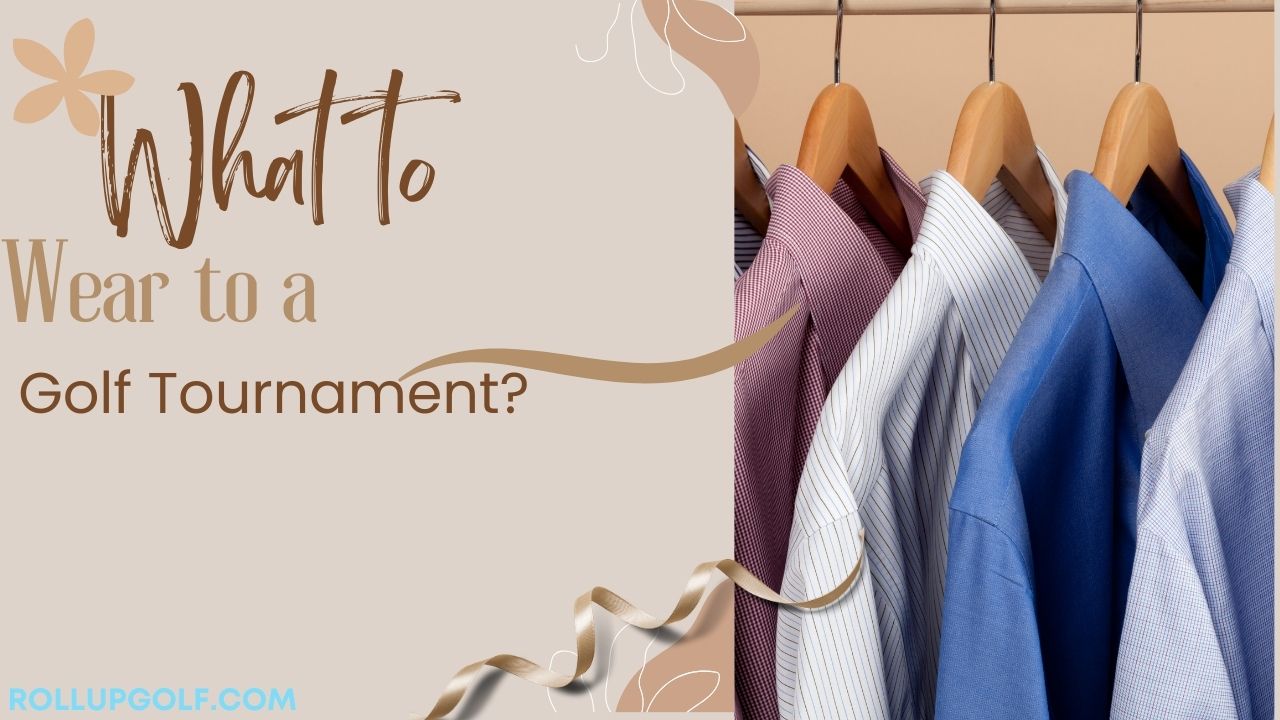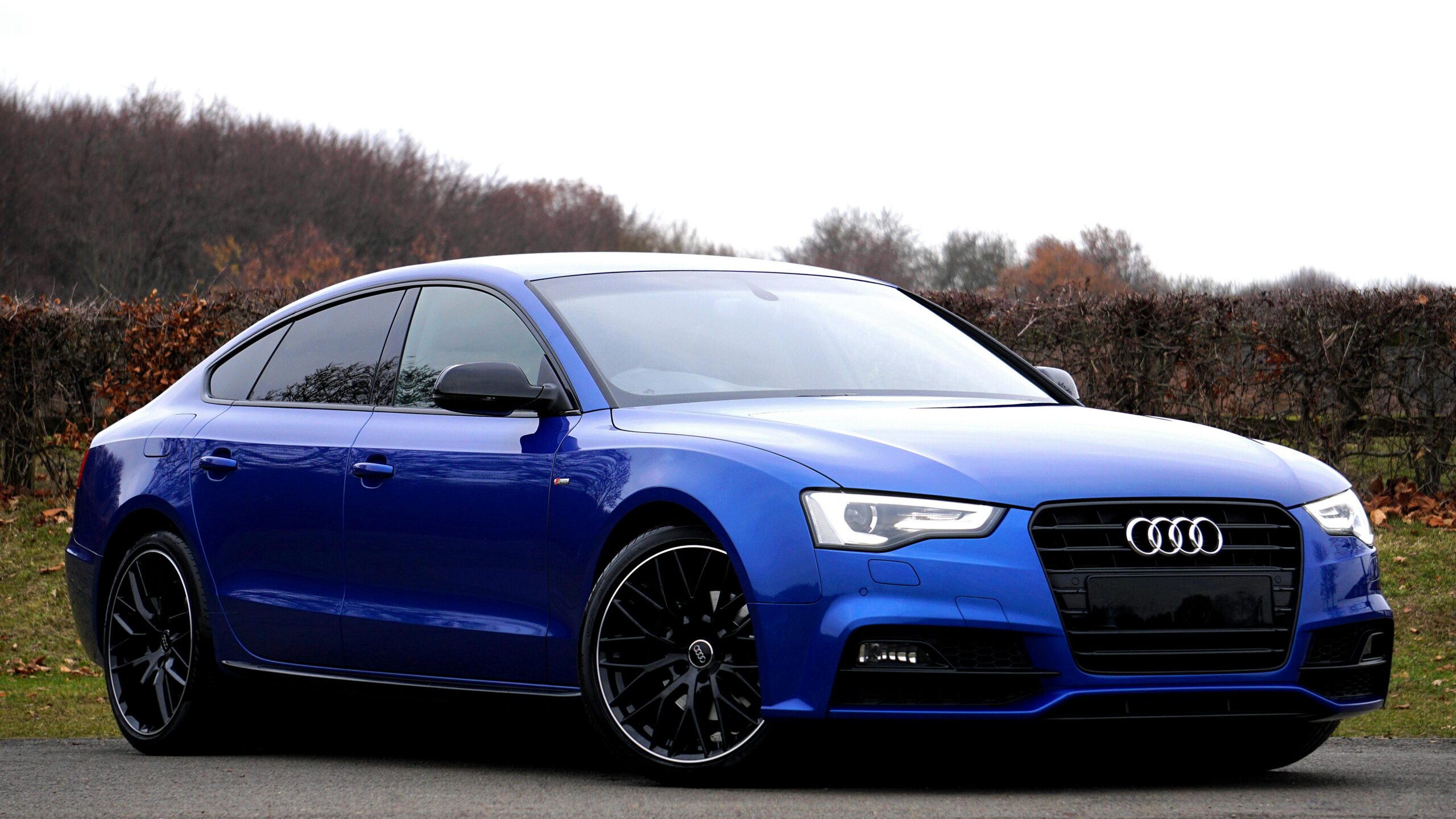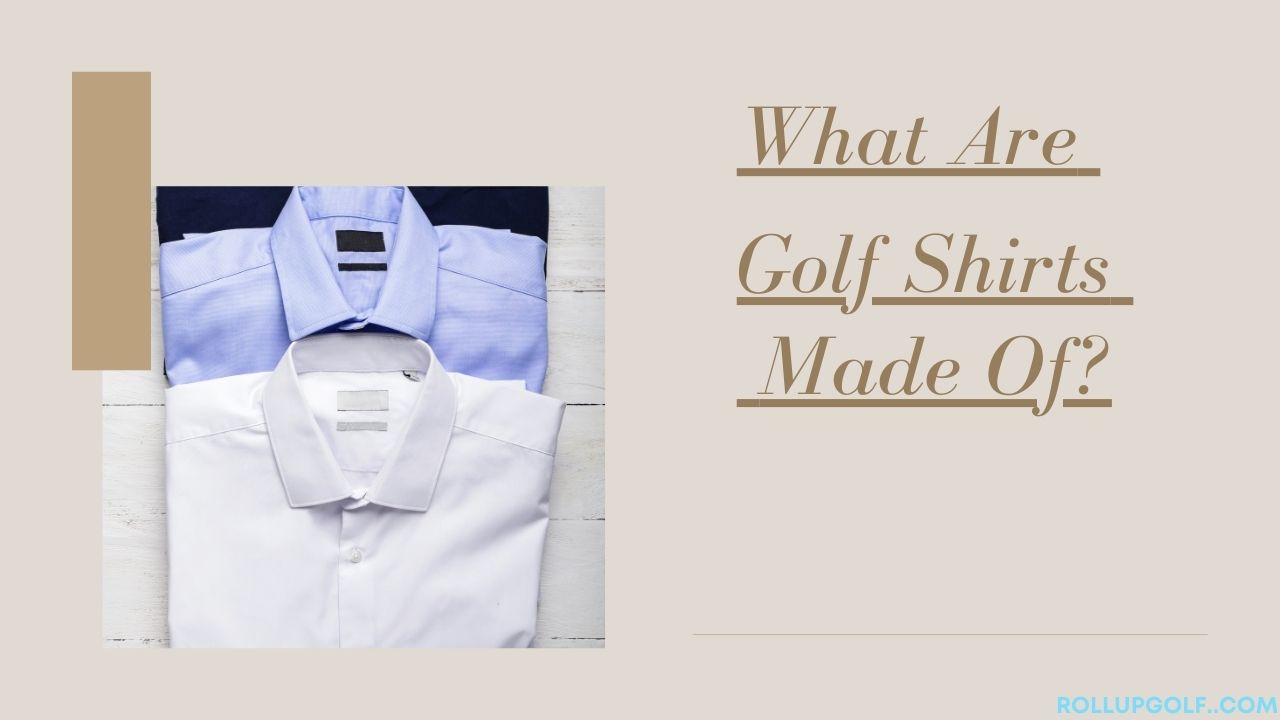
Golf shirts, often hailed for their comfort and style, have evolved significantly in terms of materials over the years. From traditional cotton to high-performance synthetic fabrics, golf shirts today offer a blend of style, functionality, and comfort tailored to the needs of modern golfers.
Read also: Does Allan Kournikova Still Play Golf?
What materials are golf shirts made of?
Golf shirts are made from a variety of materials, each with its own advantages and disadvantages. Here’s a breakdown of the most common ones:
Natural Fibers:
- Cotton: Classic choice, comfortable and breathable, but absorbs sweat and dries slowly. Can be uncomfortable in hot or humid conditions.
- Merino wool: Luxurious and breathable, it wicks moisture, and regulates temperature. Can be expensive and delicate.
- Lambswool: Similar to Merino wool but even softer and more expensive.
Synthetic Fibers:
- Polyester: Durable, wrinkle-resistant, and dries quickly. Not as breathable as natural fibers and can trap odor.
- Nylon: Similar to polyester but lighter and more breathable. Can be less durable and more prone to static.
- Spandex: Adds stretch and flexibility to blends. Not used alone, usually combined with other fabrics.
Blends:
- Cotton blends: Combine the comfort of cotton with the performance of synthetic fibers. Look for blends with moisture-wicking technology.
- Polyester blends: Combine the durability and moisture-wicking of polyester with the breathability of natural fibers.
The best material for you depends on your personal preferences and playing conditions:
- For hot and humid weather: Choose a breathable fabric like cotton blend, Merino wool, or a moisture-wicking polyester blend.
- For cool or windy weather: Consider a thicker fabric like Merino wool or a cotton blend.
- For durability and easy care: Opt for a polyester blend or pure polyester.
- For comfort and a natural feel: Choose a cotton blend or Merino wool.
Ultimately, the best way to find the perfect golf shirt material is to try on different options and see what feels best for you!
- Price: Natural fibers like Merino wool and lambswool tend to be more expensive than synthetics.
What kind of shirts for golf?
The best type of shirt for golf depends on your personal preferences and the climate you’ll be playing in. Here’s a breakdown of the most common options:
Classic Polo
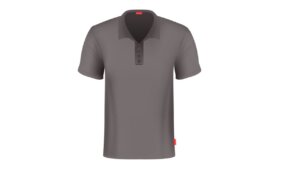
- The quintessential golf shirt, features a collared neckline, two or three buttons, and short sleeves.
- Typically made from breathable fabrics like cotton or polyester blends.
- Offers a balance of comfort, style, and performance.
Moisture-Wicking Polo
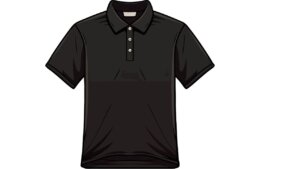
- Designed with special fabrics that wick moisture away from the body, keeping you cool and dry during hot weather.
- Often made from synthetic materials like polyester or nylon blends.
- Ideal for hot and humid climates.
Long-Sleeved Polo
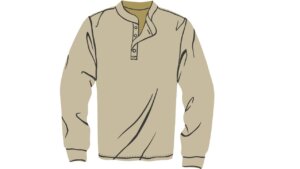
- Provides added warmth and protection from the sun on cooler days.
- Can also be helpful for preventing bug bites in certain environments.
- Look for breathable fabrics like Merino wool or cotton blends.
Sleeveless Polo
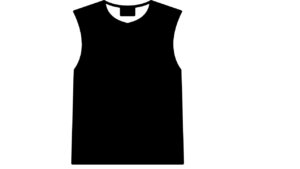
- Offers maximum airflow and comfort on the hottest days.
- Not as common as other options, but can be a good choice for players who prefer a more relaxed look.
- Make sure the fit is tailored to avoid looking too casual.
Mock Neck
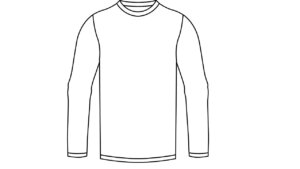
- Similar to a classic polo but with a higher collar that stands up.
- Can provide added warmth and wind protection.
- Can also be a more stylish option for some players.
Quarter-Zip

- Similar to a long-sleeved polo but with a quarter-zip closure at the neck.
- Offers more flexibility and ventilation than a full-zip jacket.
- Can be a good layering option for cooler weather.
Remember:
- Comfort is key: Choose a fabric that feels good against your skin and allows you to move freely.
- Consider the climate: Opt for breathable fabrics in hot weather and warmer fabrics in cooler weather.
- Dress code: Make sure your shirt adheres to the dress code of the course you’re playing at. Most courses require collared shirts.
- Personal style: Choose a shirt that you feel confident and comfortable in.
I hope this helps!
Read also: How to Hang Golf Clubs on the Wall?
What is the best fabric for a golf shirt?
Unfortunately, there’s no single “best” fabric for a golf shirt, as it depends entirely on your individual needs and preferences. Here’s a breakdown of the pros and cons of different materials to help you decide:
Comfort:
- Natural Fibers:
- Cotton: Soft and breathable, but absorbs sweat and dries slowly. Can feel heavy and uncomfortable in hot weather.
- Merino wool: Luxuriously soft, breathable, wicks moisture, and regulates temperature. Can be expensive and delicate.
- Lambswool: Even softer than Merino wool but pricier and more delicate.
- Synthetic Fibers:
- Polyester: Durable, wrinkle-resistant, and dries quickly. Can be less breathable and trap odor.
- Nylon: Similar to polyester but lighter and more breathable. Can be less durable and more prone to static.
- Blends:
- Cotton blends: Offer a balance of comfort and performance. Look for moisture-wicking technology.
- Polyester blends: Combine durability and moisture-wicking with some breathability.
Performance:
- Natural Fibers:
- Cotton: Absorbs sweat but dries slowly, not ideal for hot weather.
- Merino wool: Wicks moisture effectively and regulates temperature.
- Lambswool: Offers similar performance to Merino wool.
- Synthetic Fibers:
- Polyester: Wicks moisture away from the body and dries quickly.
- Nylon: Dries faster than polyester but may not wick moisture as effectively.
- Blends:
- Cotton blends: Performance varies depending on the blend, look for moisture-wicking technology.
- Polyester blends: Offer good moisture-wicking and drying times.
Durability:
- Natural Fibers:
- Cotton: Can shrink and wrinkle easily.
- Merino wool: Durable and machine washable.
- Lambswool: Delicate and requires hand washing.
- Synthetic Fibers:
- Polyester: Durable and wrinkle-resistant.
- Nylon: Not as durable as polyester.
- Blends:
- Cotton blends: Durability depends on the blend ratio.
- Polyester blends: Durable and wrinkle-resistant.
Additional factors:
- Sustainability: Cotton and Merino wool have lower environmental impacts compared to synthetics.
So, what’s right for you?
- If comfort is your top priority: Consider a Merino wool or cotton blend shirt.
- If performance is key: Choose a polyester blend or pure polyester shirt.
- If you want a balance: Opt for a moisture-wicking cotton blend.
- Durability is a must: Go for a polyester blend or pure polyester.
- Looking for an eco-friendly option: Consider Merino wool or organic cotton.
Ultimately, the best way to find the perfect golf shirt material is to try on different options and see what feels best for you in your typical playing conditions.
Historical Background
Golf shirts have come a long way since their inception. In the early days, these shirts were primarily made of cotton. Cotton was chosen for its breathability and comfort, albeit lacking in moisture-wicking properties. As the game evolved and performance became more crucial, so did the materials used in making golf shirts.
Modern Materials
Today, golf shirts are made from a variety of materials, each offering unique benefits to the wearer. While cotton remains popular for its softness and breathability, polyester has emerged as a favored choice for its moisture-wicking properties, making it ideal for hot and humid conditions on the golf course.
Performance fabrics like spandex and nylon are also commonly used, offering stretchability and durability, allowing golfers to move freely without feeling restricted.
Are golf shirts only for golf?
While golf shirts originated for the golf course, they have definitely transcended their initial purpose and can be worn in various situations besides golfing. Here’s what you need to know:
Golf shirts in non-golf settings:
- Casual wear: Golf shirts are widely accepted as casual attire for everyday wear. Their comfortable fabrics and stylish designs make them perfect for running errands, hanging out with friends, or going on casual outings.
- Business casual: Depending on the workplace and its dress code, golf shirts can sometimes be considered business casual, especially when paired with dress pants or a skirt. Opt for neutral colors and avoid overly sporty logos or patterns for a more professional look.
- Travel: Their wrinkle-resistant and breathable fabric makes them ideal for travel, especially in warmer climates.
- Outdoor activities: The moisture-wicking properties of some golf shirts can make them suitable for activities like hiking, fishing, or gardening.
Things to consider when wearing golf shirts outside of golf:
- Dress code: Always check the dress code of the event or establishment you’re visiting to ensure golf shirts are acceptable.
- Styling: Pair your golf shirt with appropriate clothing like dress pants, skirts, or chinos for a more polished look. Avoid wearing them with shorts or ripped jeans unless the setting is extremely casual.
- Branding: Opt for golf shirts with minimal branding or choose plain colors if you want a more versatile piece for various occasions.
Overall, golf shirts offer a comfortable and stylish option for various casual settings beyond the golf course. Just be mindful of the dress code and styling to ensure they fit the occasion.
Benefits of Different Materials
The choice of material can significantly impact the comfort and performance of a golf shirt. Cotton, known for its softness, is comfortable to wear and allows for excellent air circulation, making it suitable for mild weather conditions. However, it tends to retain moisture, which can be uncomfortable during intense physical activity.
Polyester, on the other hand, excels in moisture-wicking, pulling sweat away from the body and allowing it to evaporate quickly, keeping the wearer dry and comfortable even in hot and humid conditions. Performance fabrics like spandex provide added stretch and flexibility, allowing golfers to swing with ease.
Environmental Impact
With increasing awareness of environmental issues, there’s a growing demand for sustainable materials in the apparel industry, including golf shirts. Many brands are now using recycled materials and implementing eco-friendly manufacturing processes to reduce their carbon footprint.
Recycling initiatives and sustainable sourcing of materials are becoming more prevalent, offering environmentally-conscious golfers options that align with their values.
Popular Brands and Their Material Choices
Leading golf apparel brands such as Nike, Adidas, and Under Armour offer a wide range of golf shirts, each incorporating different materials to cater to diverse preferences and performance needs. Nike, for example, often uses a blend of polyester and spandex for its golf shirts, emphasizing moisture-wicking and stretchability.
Adidas, on the other hand, may focus on recycled polyester to promote sustainability, while Under Armour prioritizes performance fabrics designed to enhance breathability and comfort during intense gameplay.
Factors to Consider When Choosing Golf Shirts
When selecting a golf shirt, factors such as climate, personal preference, and activity level should be taken into account. In hot weather, moisture-wicking fabrics like polyester are ideal for keeping cool and dry. For cooler climates, a blend of cotton and polyester may offer the right balance of warmth and breathability.
Personal preference also plays a significant role, with some golfers preferring the softness of cotton while others prioritize performance features. Additionally, consider your activity level on the golf course – if you’re an avid golfer who spends hours on the green, opt for materials that offer durability and moisture management.
Read also: Golf ball
Care and Maintenance
To prolong the life of your golf shirts, proper care and maintenance are essential. Follow the manufacturer’s washing instructions carefully, avoiding hot water and harsh detergents that can damage the fabric. For stain removal, treat stains promptly using gentle methods to avoid damaging the material.
Avoid over-drying your golf shirts, as high heat can cause shrinkage and damage the fabric. Instead, air-dry them or use a low-heat setting on your dryer to preserve their shape and quality.
Read also: Golf cart
Conclusion
In conclusion, golf shirts are made from a variety of materials, each offering unique benefits in terms of comfort, performance, and sustainability. Whether you prefer the softness of cotton, the moisture-wicking properties of polyester, or the stretchability of performance fabrics, there’s a golf shirt to suit every golfer’s needs. By considering factors such as climate, personal preference, and activity level, you can choose the perfect golf shirt to enhance your game and keep you comfortable on the course.
FAQs
- What is the best material for hot weather golfing?
- Polyester is the best material for hot weather golfing due to its moisture-wicking properties, keeping you dry and comfortable in humid conditions.
- Are golf shirts made from recycled materials?
- Yes, many golf shirt brands are now using recycled materials as part of their sustainability initiatives, offering environmentally-friendly options for consumers.
- How do I prevent my golf shirt from shrinking?
- To prevent your golf shirt from shrinking, avoid washing it in hot water and opt for a gentle washing cycle. Additionally, air-dry or use a low-heat setting on your dryer to preserve the fabric.
- Can I wear cotton golf shirts for professional tournaments?
- While cotton golf shirts are comfortable and breathable, they may not offer the same performance benefits as moisture-wicking fabrics like polyester. It’s best to check the dress code of the tournament and choose a shirt that meets the requirements.
- Are golf shirts suitable for casual wear?
- Yes, golf shirts are versatile enough to be worn for casual occasions as well. Their stylish designs and comfortable fabrics make them a popular choice for everyday wear beyond the golf course.


